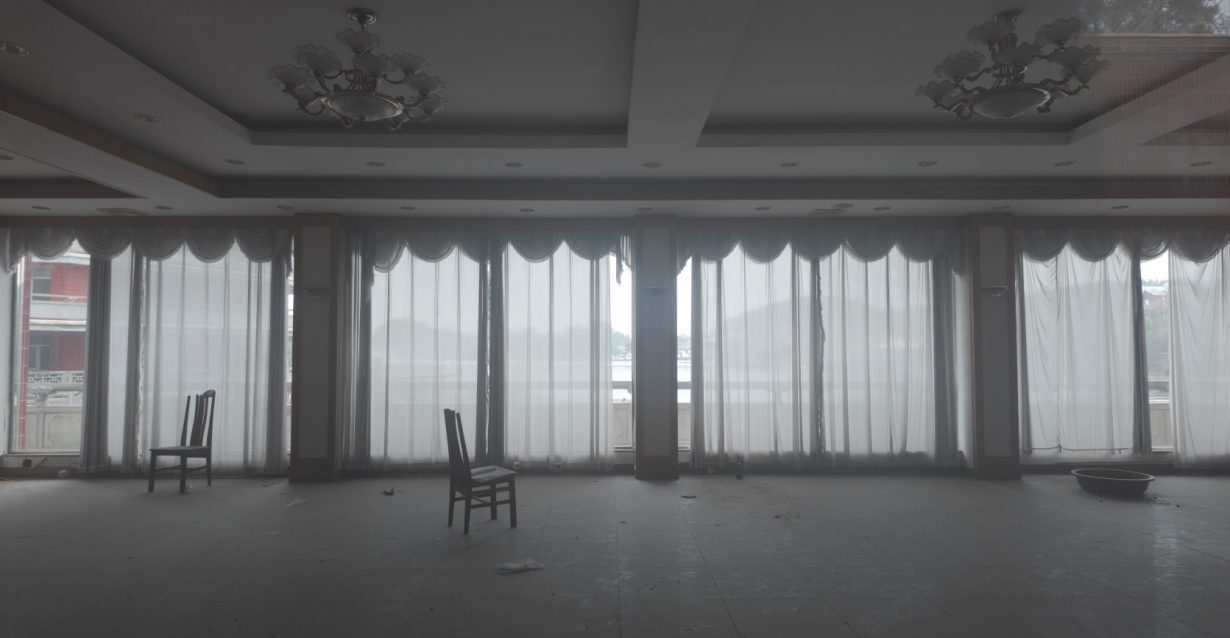
The third group of artists to take part in the K11 Group × ArtReview Artist-in-Residence programme, Tianyi Zheng, Chris Ro, Satoshi Fujiwara, Zoë Marden and Frank Wang, have completed their residency at the K11 art village in Wuhan.
Working between Hong Kong and the Netherlands, artist and researcher Tianyi Zheng sees her work as a place for the return of ‘ghosts’, whether these are forgotten memories, lost futures or past cultural practices. For the residency, she chose to explore the connection between her hometown of Mulan, in Huangpi, and Chinese legendary heroine Mulan. Working with a performer, a researcher and a filmmaker, Zheng conducted a two-day collective-writing workshop that involved members of the local communities, as well as a series of performances and happenings that addressed mythology’s role in shaping urban development and the region’s sense of identity. Zheng’s hope is that ‘sharing this experience with audiences not only showcases the transformative potential of collective storytelling, but highlights the importance of creating inclusive spaces for artistic expression and dialogue within communities’.
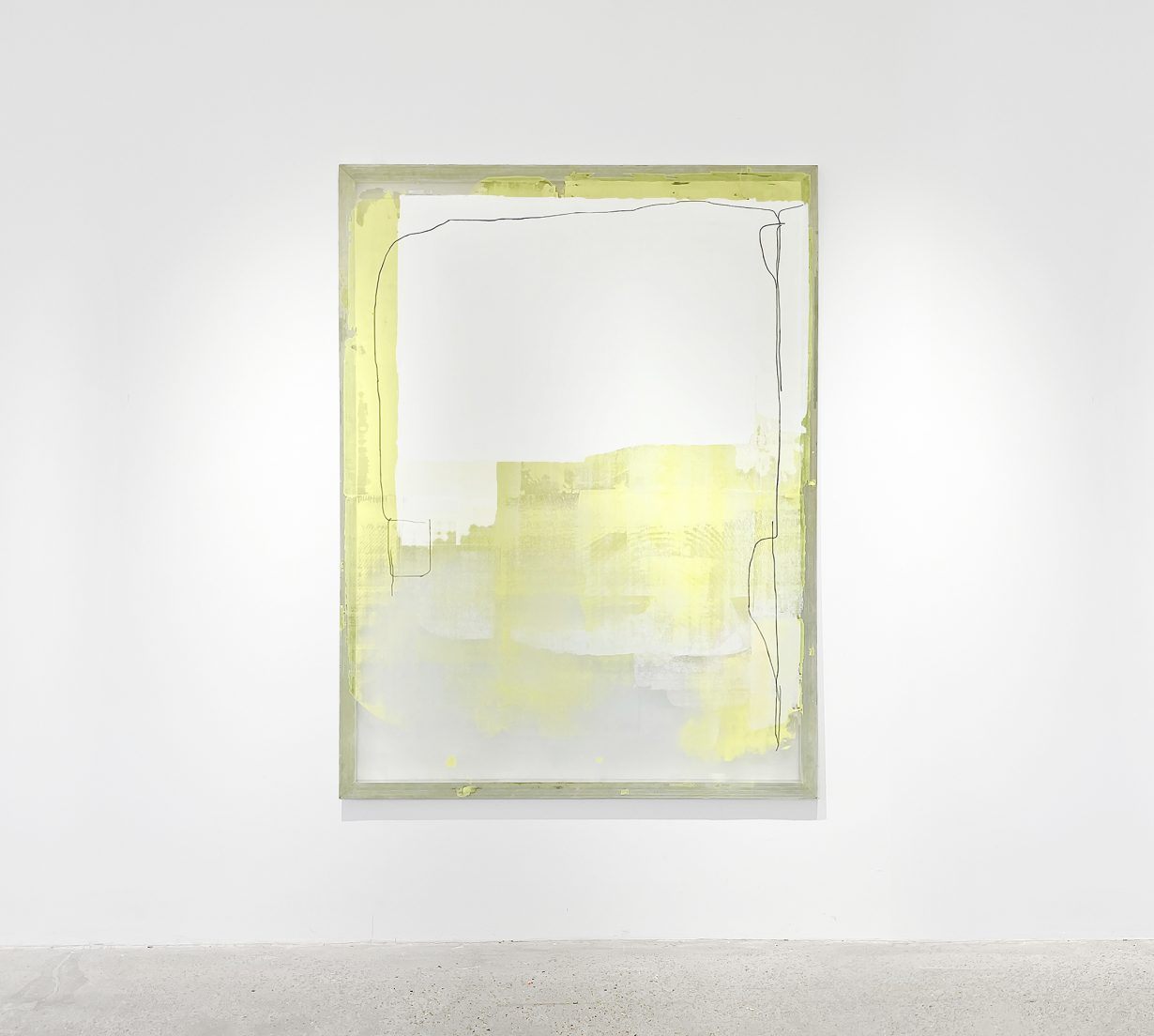
Seattle-born, Seoul-based artist Chris Ro works in printmaking and animation, and has strong interests in nonvisual phenomena, ranging from sound, language and atmosphere to humour, honesty and acts of stealing. At the K11 art village, the size and scale of the studio allowed Ro to explore large-format canvas-based works and animation developed from interviews with members of local communities, who spoke in a dialect with which he had limited familiarity. ‘These interviews gave me a fascinating glimpse into the politics, power, gender, identity, atmosphere and wonder of the Wuhan dialect,’ Ro says. The resulting works – analogue-looking and intentionally low-fi – explore the tensions between accuracy and imperfection, reproducibility and uniqueness, as well as the fuzzy experience of trying to observe meaning outside text.
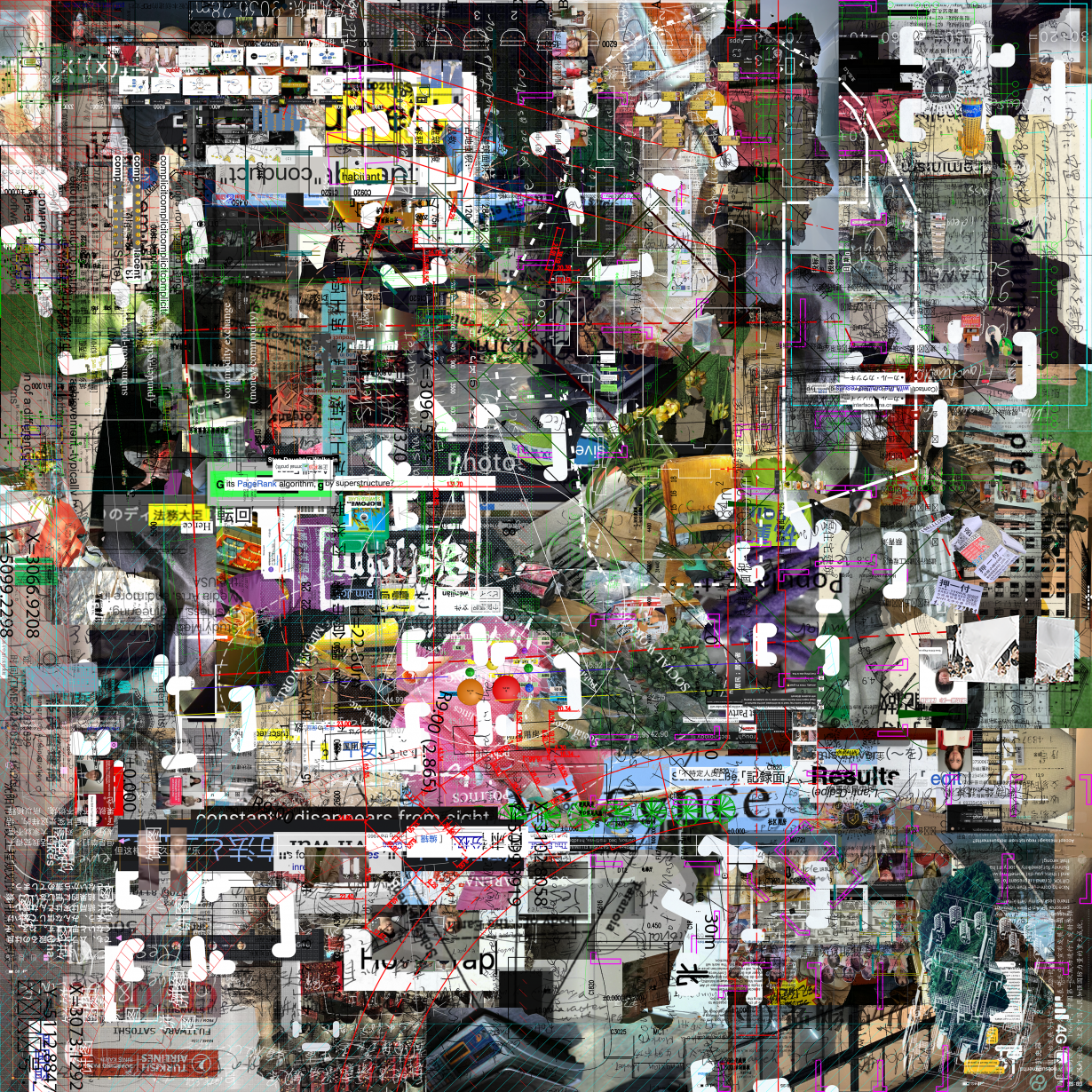
The practice of artist, photographer and researcher Satoshi Fujiwara, born in Kobe and currently residing in Berlin, revolves around critical examinations of our visual environment. Scanning, accumulating and surveying fragments of visual materials he comes across, Fujiwara interrogates the ideological lexicon embedded in strategies of representation. At Wuhan, the artist created an extended version of his ongoing series Traceability in the Extended Matrix (2023–), in which he collected reference images, citations, production notes, drawings and personal documents to piece together an evolving autobiography in decentralised grids. Here the visual atlas – comprising files from online research, onsite dialogues and workshops with residents – creates a data-drive urban landscape of Wuhan.
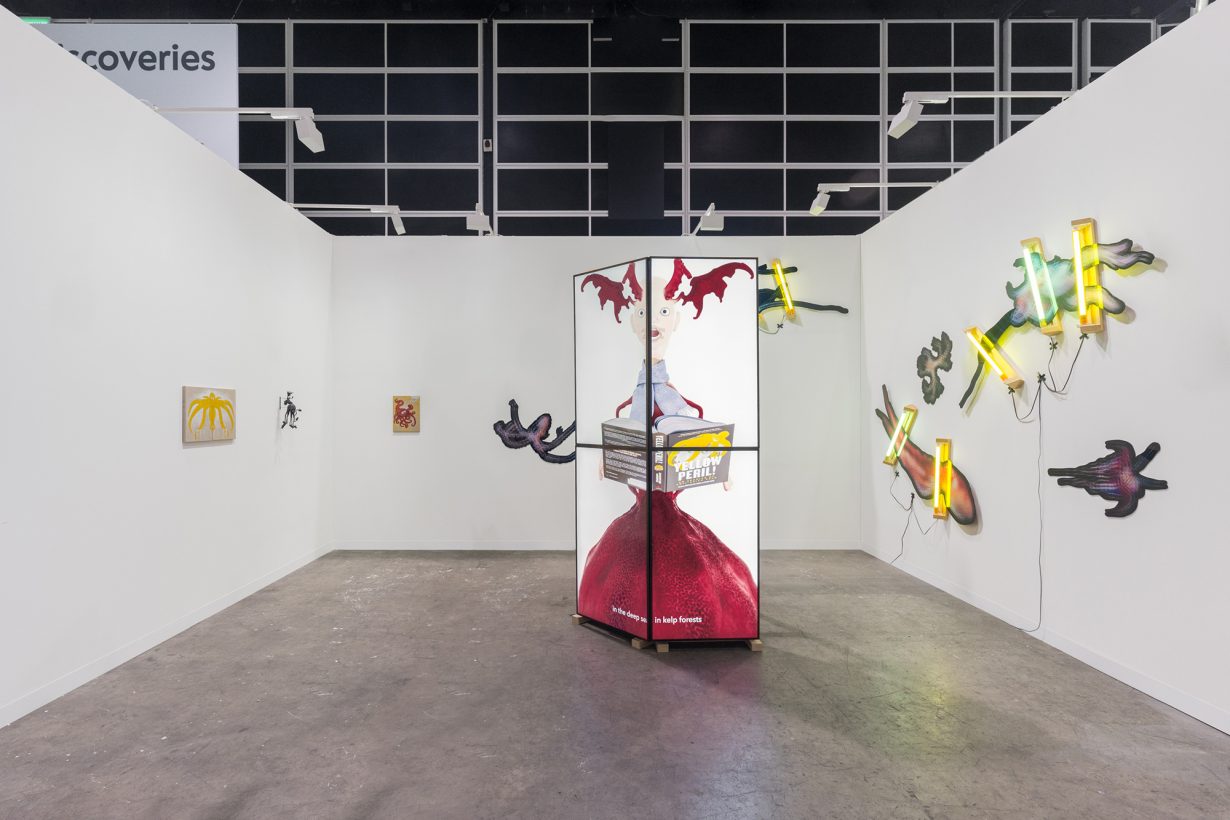
Working in between New York and Shanghai, artist Frank WANG Yefeng sees himself as a digital nomad. His work at the residency Pantheon of Octopi consists of a playful collection of animation work, light installation, sculpture and painting which garthers a fusion of symbolisms, historical and mythological references as well as traces of personal struggles to challenge the in-betweeness of diasporic experiences. ‘I invited the viewers to immerse deeply in the imagination of a new and uncanny Asian subjectivity’ the artist said. With Satoshi Fujiwara, Wang also conducted a workshop titled ‘Informal Worker: Crafting New Narratives in Digital Spaces’ at Wuhan’s Surplus Space. Collaborating with local residents, he employed facial recognition, motion capture and real-time 3D simulation to create a digital collage that collapsed physical and virtual spaces and realities.
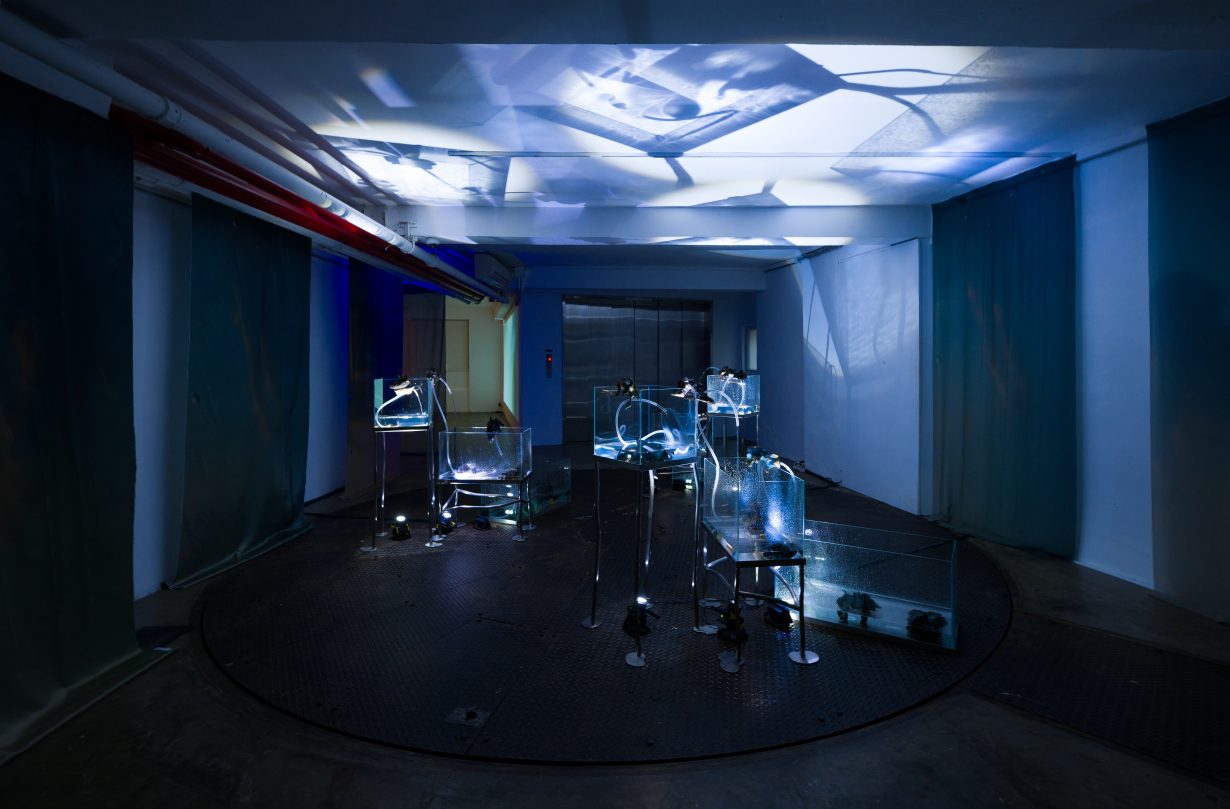
Artist, filmmaker and writer Zoë Marden’s work straddles performance, video, text, sound, sculpture and installation, often exploring posthuman feminism and its intersection with postcolonial thinking. Originally from Hong Kong and based between her hometown and London, Marden’s current research ‘Becoming Creature’ examines the ‘watery embodiment’ of our bodily experience – inspired by the idea of the monstrous-feminine and writings of Astrida Neimanis and Donna Haraway – in connection with Hong Kong folklore such as the mythology of mer-creature Lo-ting. At Wuhan, Marden connected her interests in the porous bodies and the unconscious through a ‘sound and embodiment workshop’ devised in collaboration with Tianyi Zheng, in which they worked with two Wuhan-based musicians, Sway Tidva Chen and Shao Xiao Su, to explore embodied ways to access internal feelings.
The one-year artist-in-residence programme in K11 art village hosts emerging artists recruited through an international open call and selected by K11 Art Group and ArtReview. The residency offers each artist an integrated studio and living space, and a curated outreach programme encompassing studio visits and seminars.